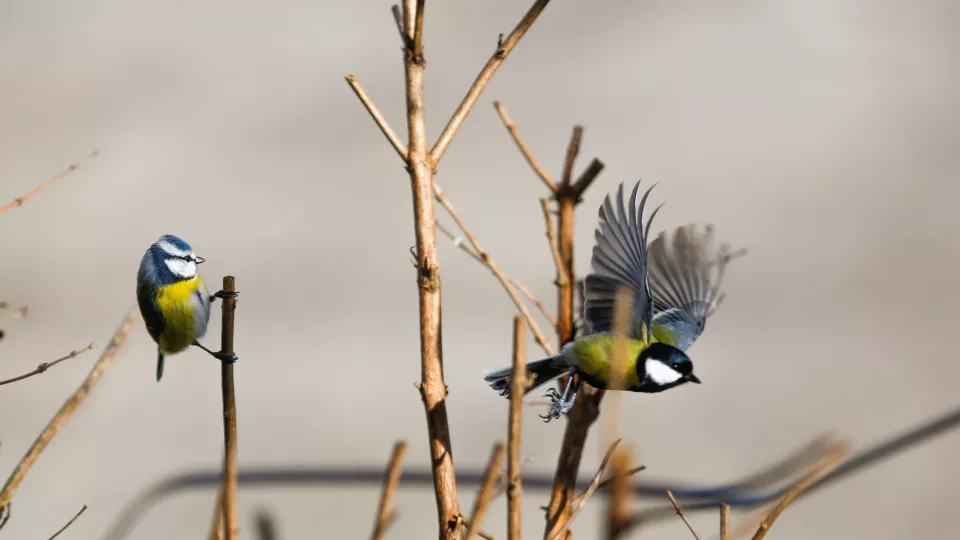Certain animals are able to adjust well to environments that have been created or altered by human activity. We live in an age in which urbanisation is proceeding at an ever-faster rate, something that also affects fauna. The great tit is a little bird originally suited to a life in the forest, but has been blessed with a remarkable ability to adapt to human environments.
Now researchers at Lund University have discovered that great tits in urban environments have lower levels of stress hormones than their cousins who live in the forest.
“The great tit’s high cognitive capacity means it is highly adaptable, and urban great tits seem to have adapted so well to the new environment that they are not stressed by high population density. Another possible explanation is that it was the most intelligent and most flexible individuals who succeeded in colonising urban environments in the first place,” says Anders Brodin, biologist at Lund University.
Stress levels were measured in the birds’ tail feathers
The most common stress hormone in birds is corticosterone. Researchers compared levels of this hormone in great tits from various urban environments – such as parks and private gardens – with their counterparts in woodland habitats. Researchers normally measure hormone levels in the blood, which tend to spike dramatically in birds as they are captured. In this study, Anders Brodin and his colleague Hannah Watson have instead measured levels in the birds’ tail feathers.
“The tail feathers grow over two to three weeks in late summer and early autumn, so they provide a good measurement of the average hormone level over a continuous period. During this time, winter flocks form around feeding habits and a high rank is important in order to survive the winter. This leads to a lot of skirmishes as individuals attempt to establish themselves in the flock,” says Hannah Watson.
Extensive winter feeding in our communities means that great tit populations are denser in urban environments, which one could assume might lead to higher stress levels. It appears, however, that the opposite is true – urban great tits do not experience anything like the distress of their rural cousins.
“It is important to understand how urbanisation affects different species of animal and the great tit is interesting because it is such a common visitor to our feeding tables. Having small birds in the garden adds to the enjoyment for many people and our study suggests that bird feeding is especially important for species such as the great tit to be able to live close to us,” concludes Anders Brodin.
The study is published in Conservation Physiology.


